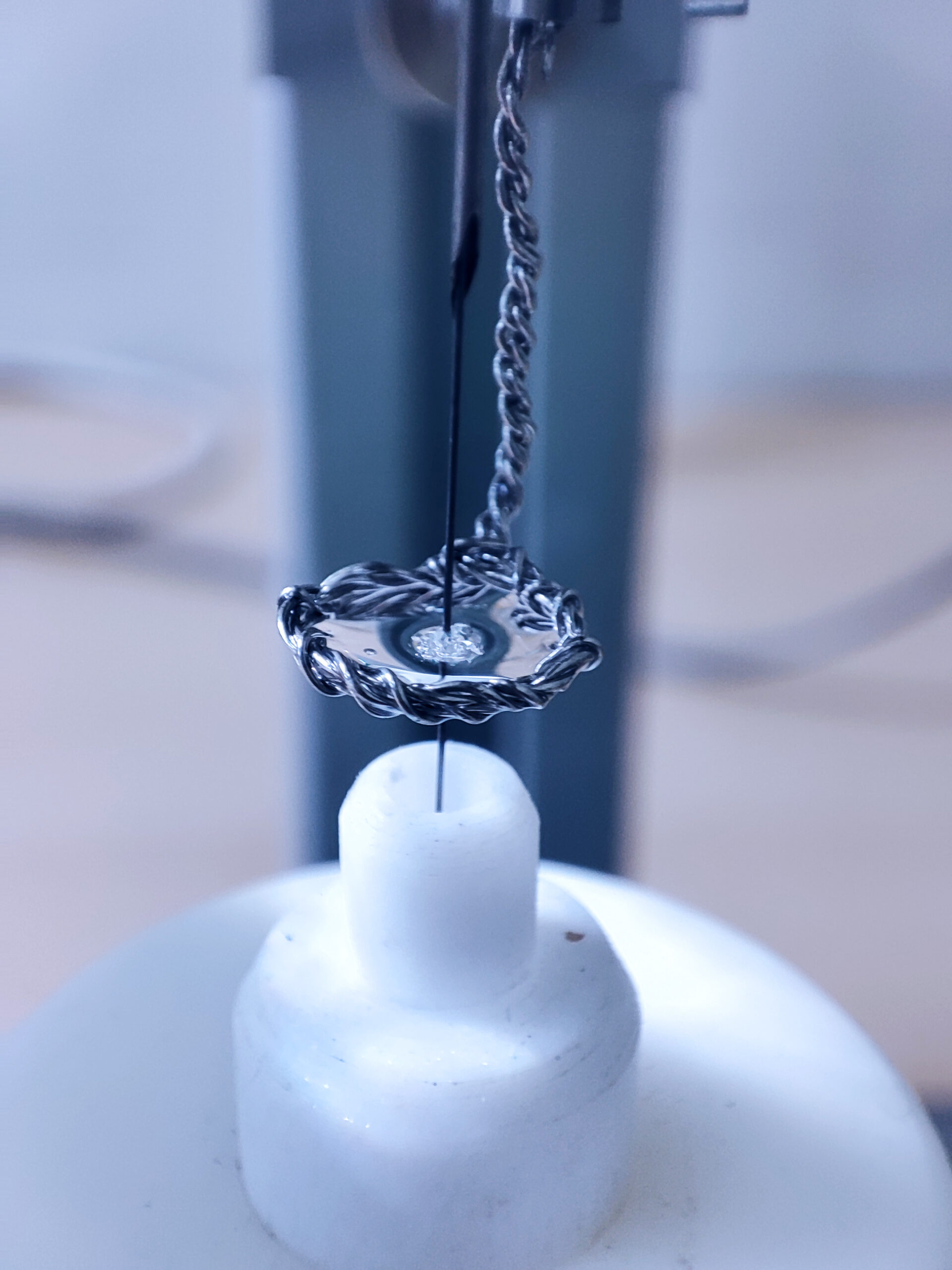At the Institute of Experimental Physics, we have access to an extensive array of advanced research equipment
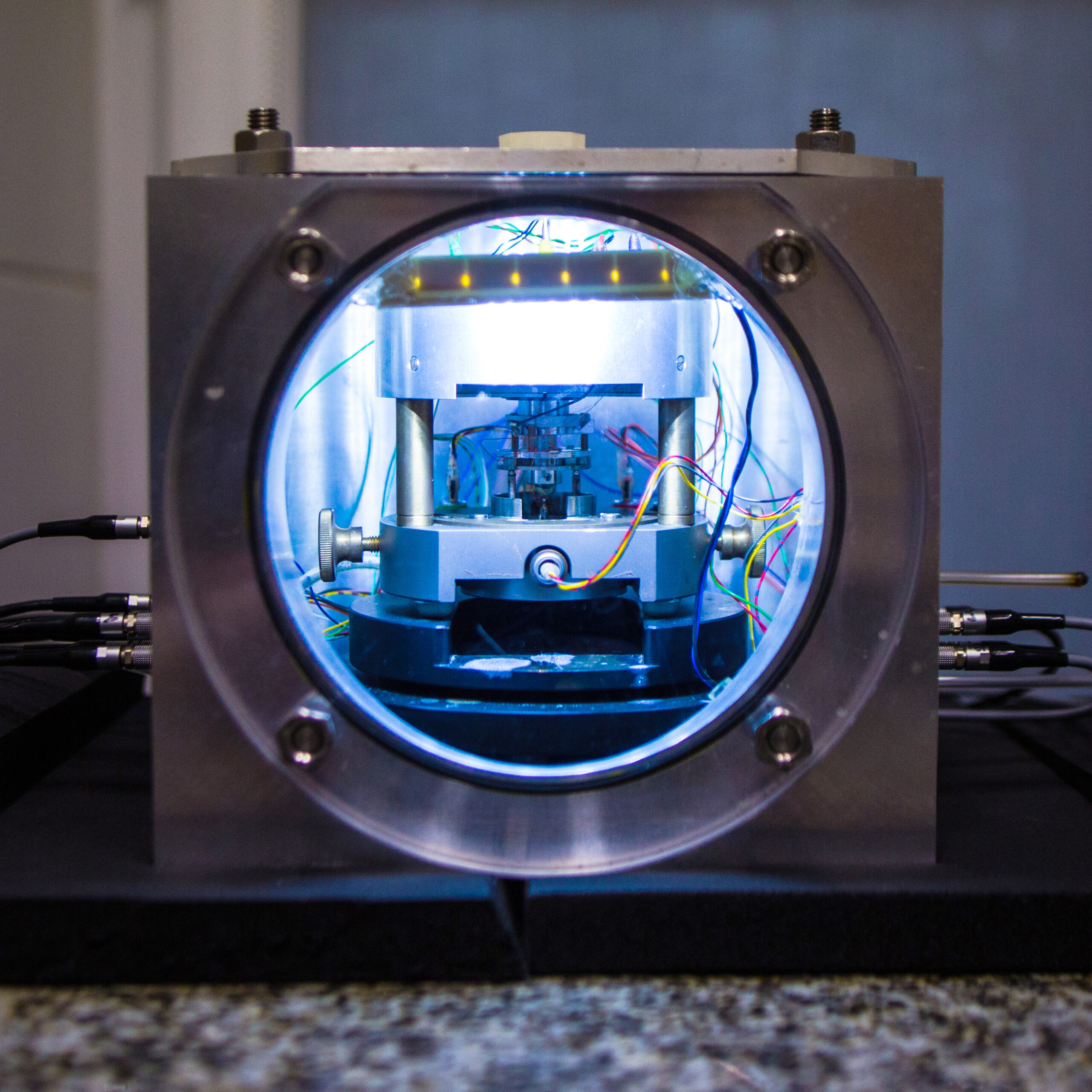
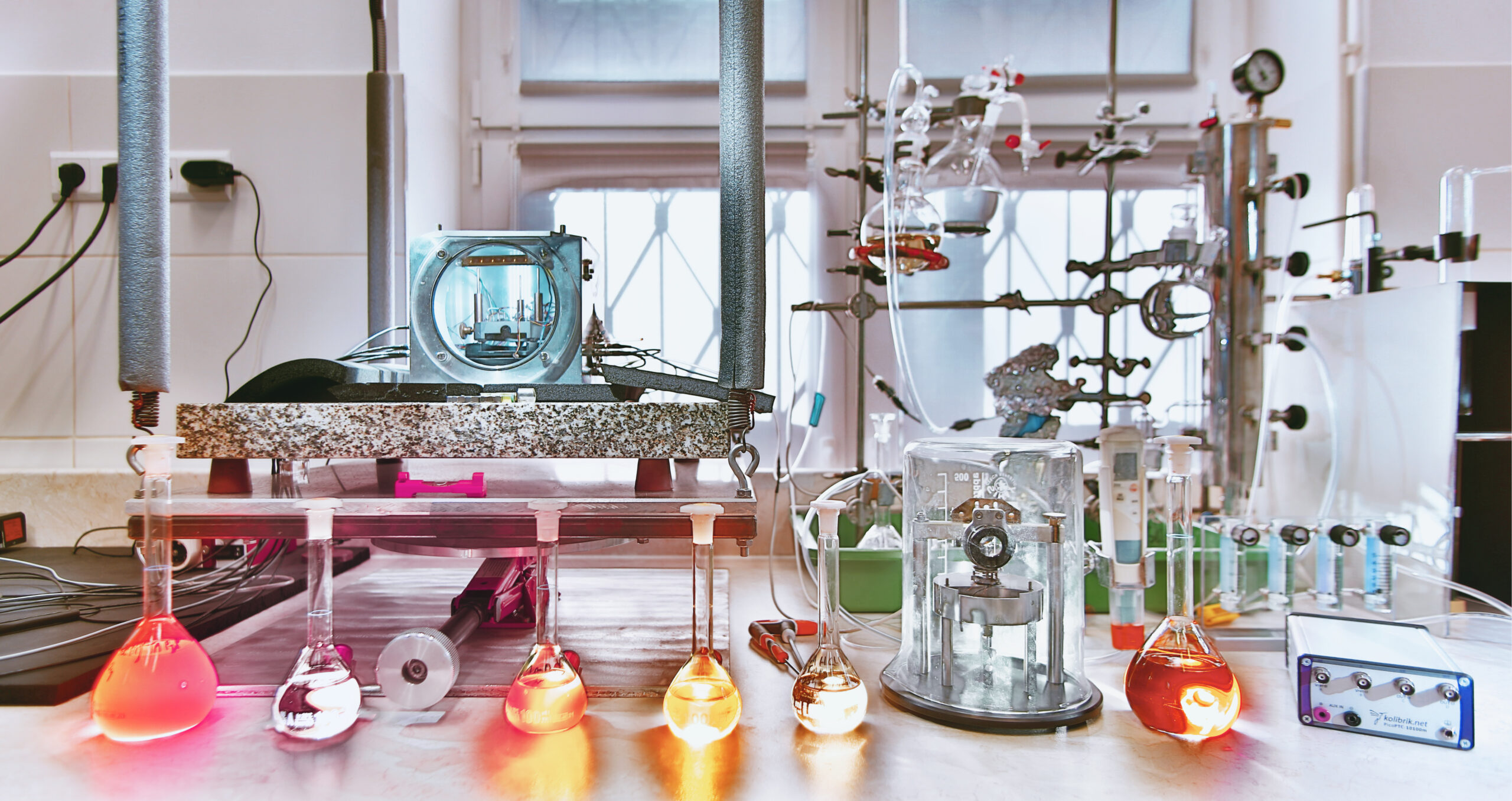
Electrochemical Scanning Tunneling Microscopy (EC-STM)
Our state-of-the-art Electrochemical Scanning Tunneling Microscope (EC-STM) combines the precise capabilities of in-situ Scanning Tunneling Microscopy (STM) with traditional electrochemical techniques such as Cyclic Voltammetry (CV), Linear Sweep Voltammetry, etc.. This powerful integration enables us to delve into electrochemical processes at molecular and atomic scales directly at the surface, covering a wide range of phenomena including adsorption, desorption, corrosion, redox reactions, and electrocatalysis.
Originally designed and constructed at the University of Bonn by research group of Prof. K. Wandelt’s, the EC-STM housed at Institute of Experimental Physics was recently enhanced with cutting-edge updates. It features a four-electrode system with a standard three-electrode electrochemical cell and the STM tip as the fourth electrode. This setup is now augmented with a ramp generator based on the LabVIEW system, which provides robust control over the experiment’s dynamic parameters.
Additionally, we have integrated an ADC acquisition card from Texas Instruments capable of recording data at speeds up to 640 kSps. This high-speed data capture allows for unprecedented resolution and speed in our measurements, further expanding the microscope’s versatility and performance in various operational modes including potentiostatic, potentiodynamic, and quasi-spectroscopic.
The EC-STM’s advanced capabilities and recent upgrades make it an invaluable tool for pioneering research in electrochemistry and nanotechnology, driving forward the frontiers of knowledge and innovation.
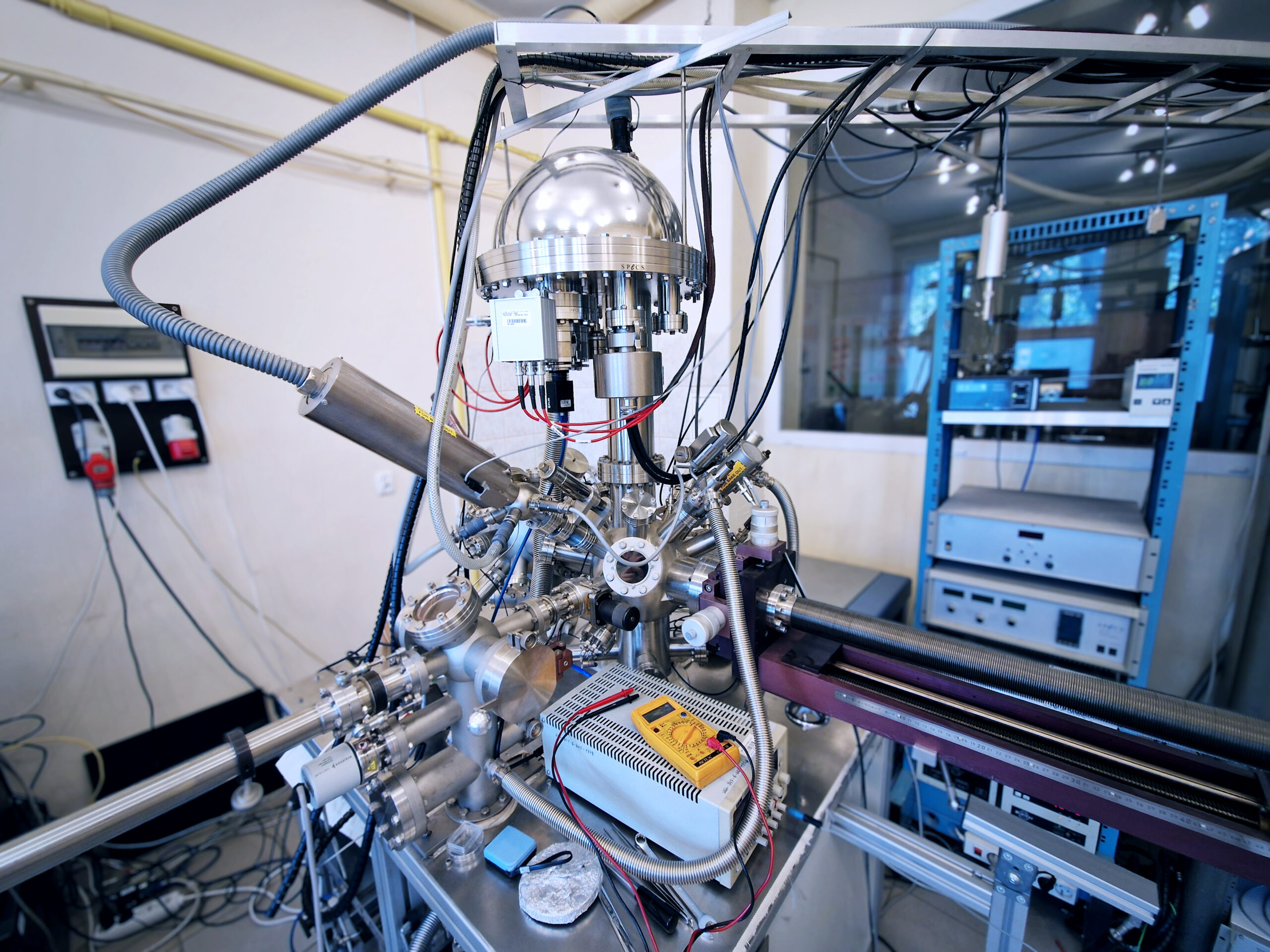
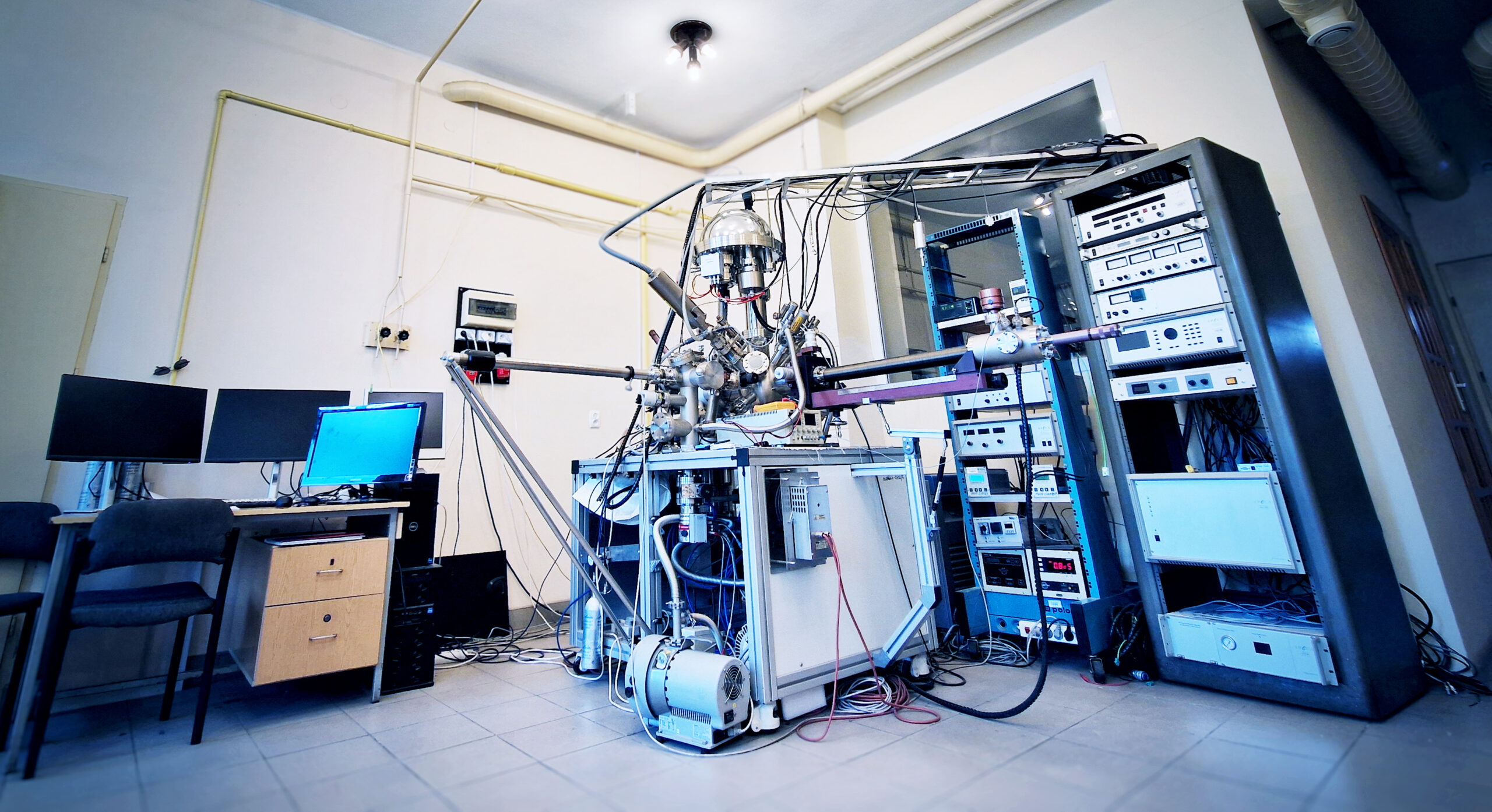
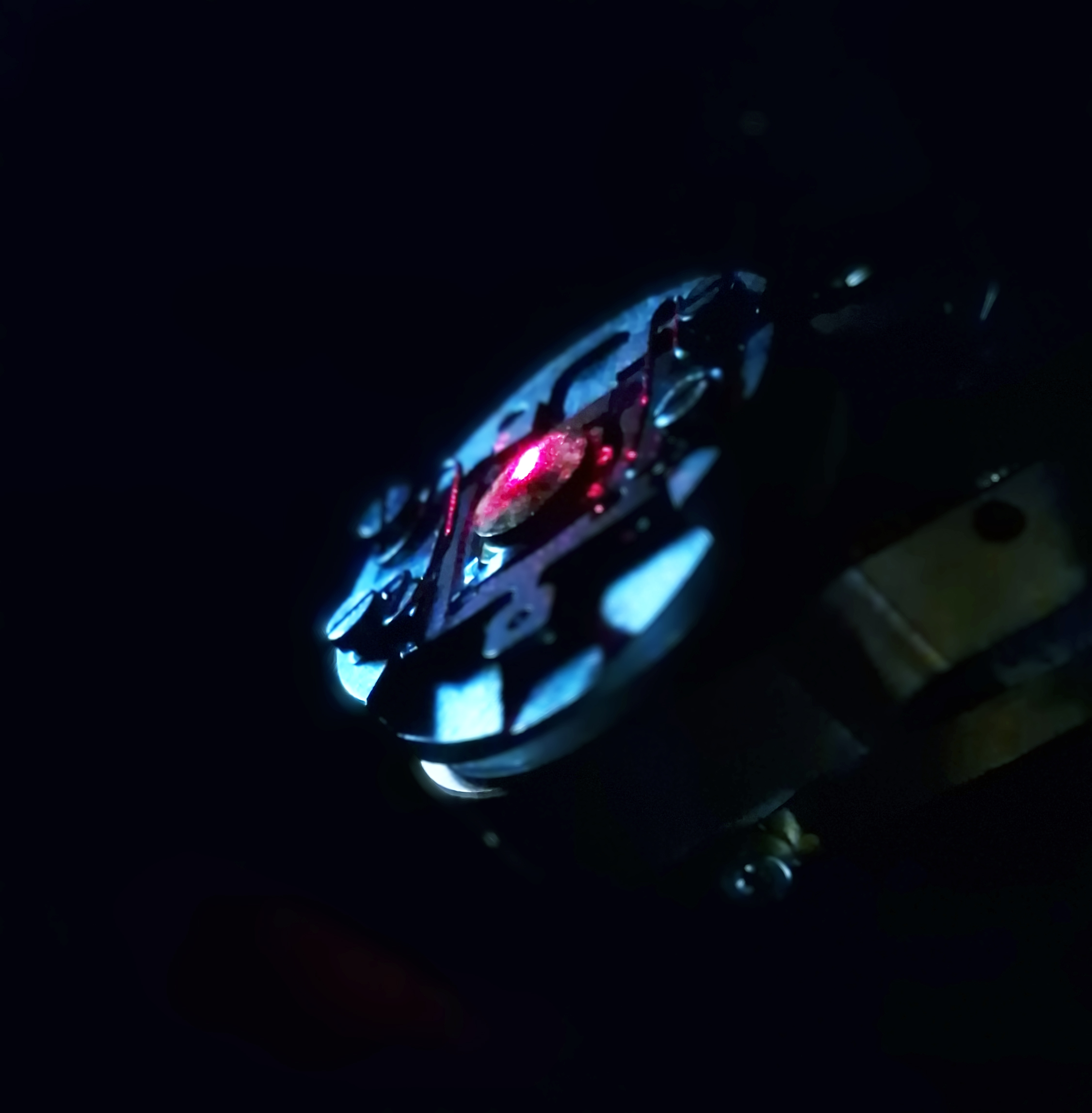
XPS-UHV System
Our laboratory is equipped with a custom-made X-ray Photoelectron Spectroscopy (XPS) system within an Ultra-High Vacuum (UHV) environment, designed for advanced surface analysis with unprecedented precision and flexibility. This versatile system features a three-chamber setup that includes a fast entry chamber, an analysis chamber, and a preparation chamber, facilitating a streamlined workflow for sample handling and analysis.
Key Features of the XPS-UHV System:
- Three-Chamber Configuration:
- Fast Entry Chamber: Allows for rapid introduction and withdrawal of samples, minimizing environmental exposure and preserving vacuum conditions.
- Analysis Chamber: Equipped with sophisticated instrumentation for detailed surface examination.
- Preparation Chamber: Dedicated to sample preparation, this chamber ensures that samples are in optimal condition for analysis.
- High-Precision Manipulator: Our system is equipped with a Variable Temperature (VT) manipulator that operates from room temperature up to 1000 K and supports x, y, z translations, along with polar and azimuthal rotations.
- Dual Anode X-ray and UV Source: Includes a dual anode (Mg-Al) X-ray source and UV sources (He I and He II) for valence band measurements.
- PHOIBOS 100 Analyzer: Enhanced with a 2D-CMOS Detector, funded by an NCN grant, which extends our capabilities significantly, allowing for higher dynamic range and real-time data collection.
Advanced Detection System:
- SPECS 2D CMOS Detector: Utilizes a fast CMOS detector operating up to 160 fps, with single event detection managed by a high-speed graphics processing unit. This setup offers real-time, high-linearity counts per second (cps) greater than 4×10^6 cps, far surpassing traditional CCD-based systems.
Capabilities:
- XPD and Mapping: Maps the intensity of selected photoemission lines across the entire 2π hemisphere above the sample.
- Versatile Analytical Modes: Operates in constant analyzer energy mode for XPS experiments and constant retard ratio mode for Auger Electron Spectroscopy (AES).
- Broad Application Range: Supports a variety of experimental methods including XPS, Ultraviolet Photoelectron Spectroscopy (UPS), Angle-Resolved Photoelectron Spectroscopy (ARPES), Ion Scattering Spectroscopy (ISS), and AES.
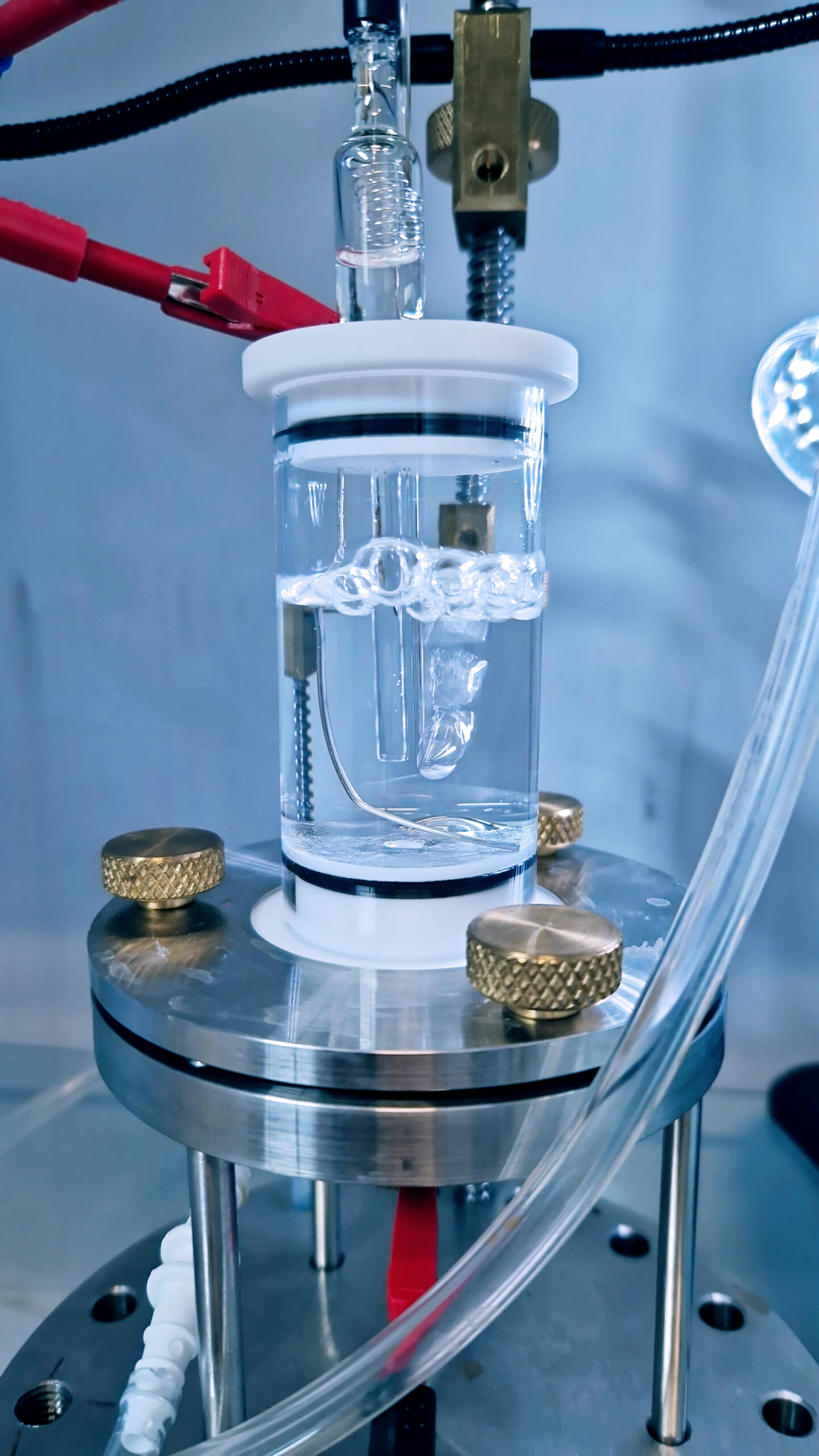
Custom-Designed Electrochemical Cell for Single Crystal Measurements
Our laboratory is equipped with a custom-designed electrochemical (EC) cell, meticulously developed by Dr. Wasielewski. This EC cell is specifically tailored for precise measurements on single crystal electrodes, offering a high degree of flexibility and precision in electrochemical research.
The cell features a modular construction that allows for quick adaptation to various experimental conditions. It can be used with both acidic and basic electrolytes; changes in the experimental environment are easily managed by simply swapping the glass tube component for Teflon one. This versatility makes it ideal for a wide range of studies focused on understanding surface reactions at the atomic level.
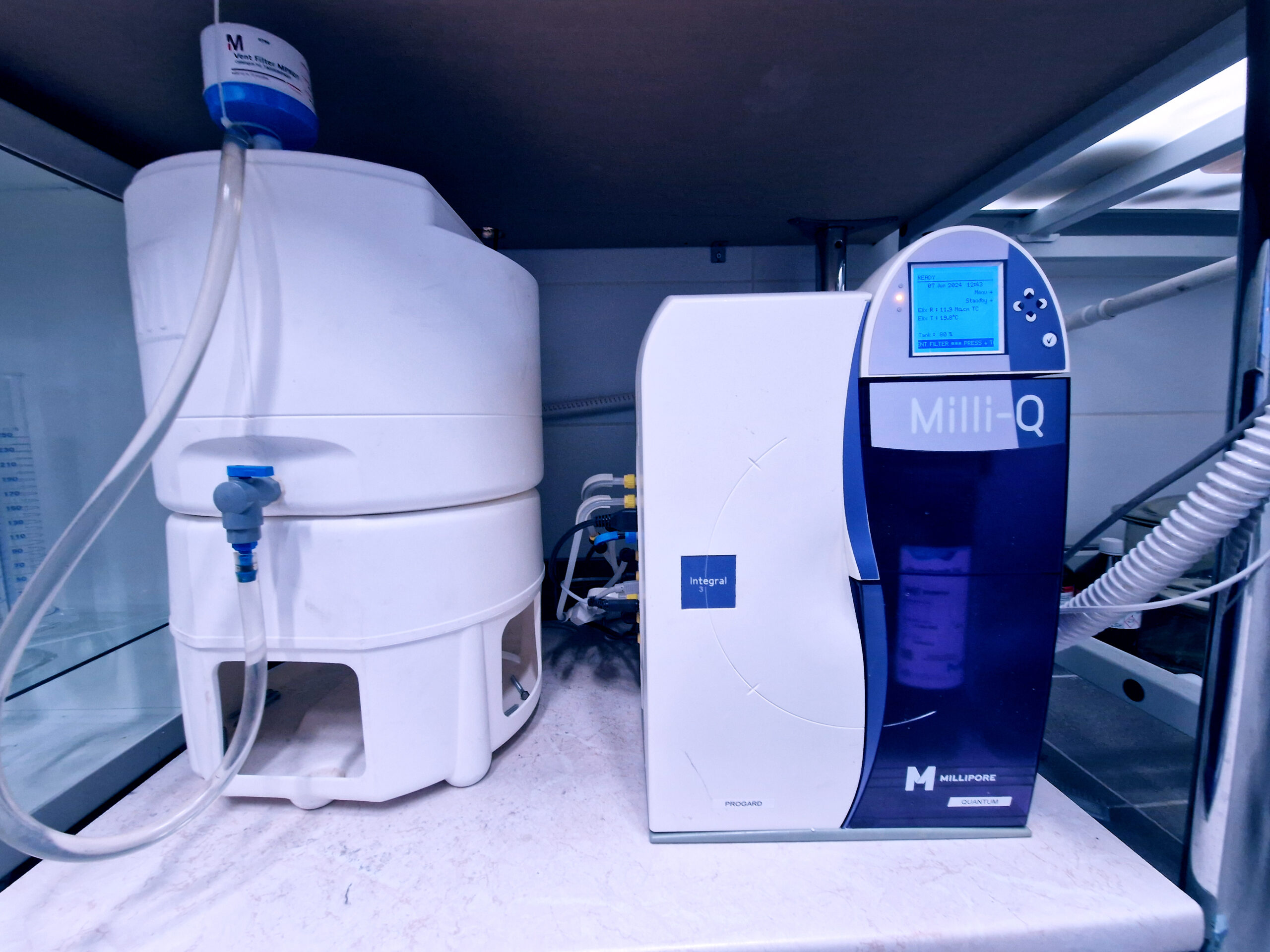
Milli-Q system
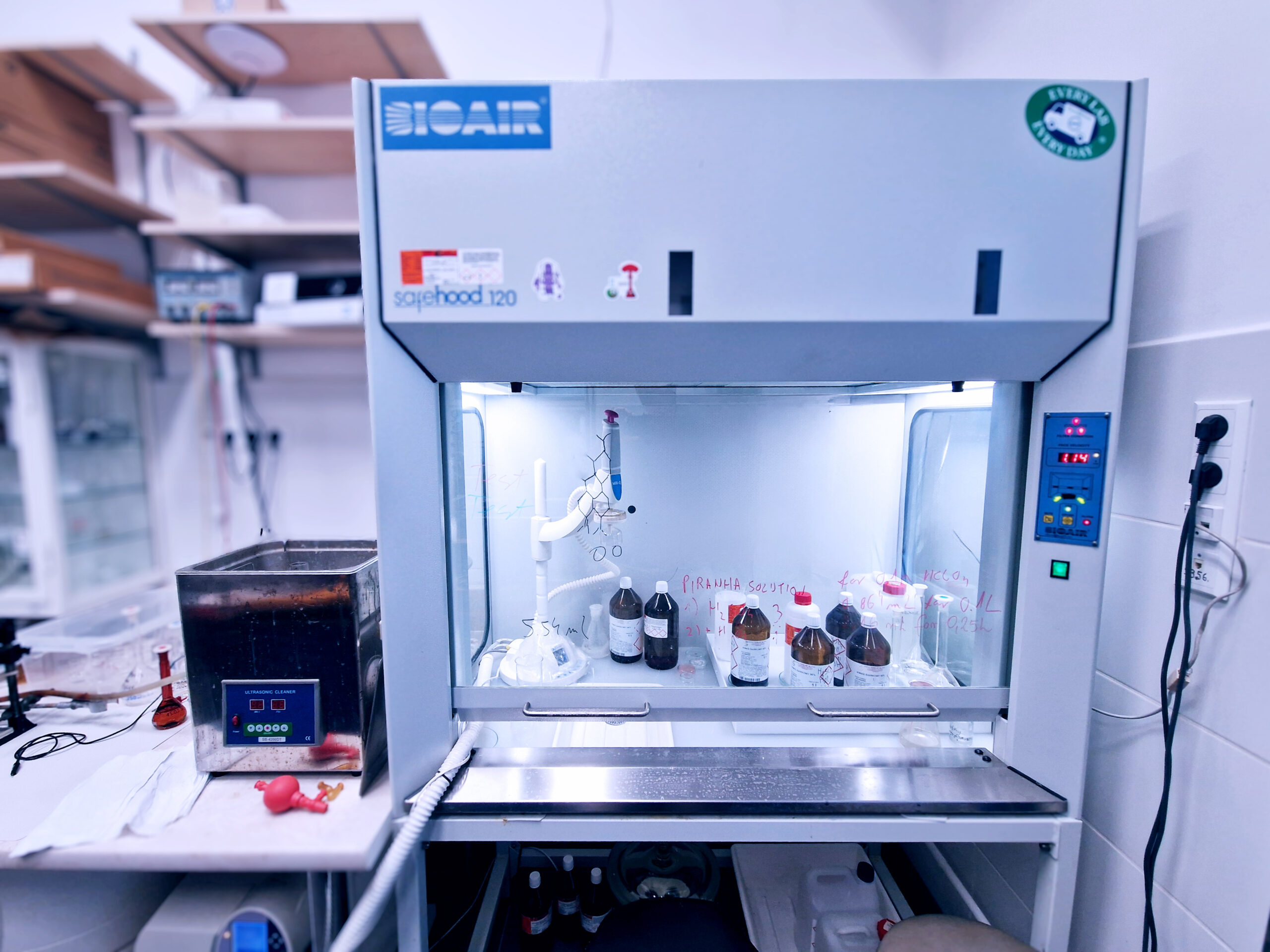
Fume hood
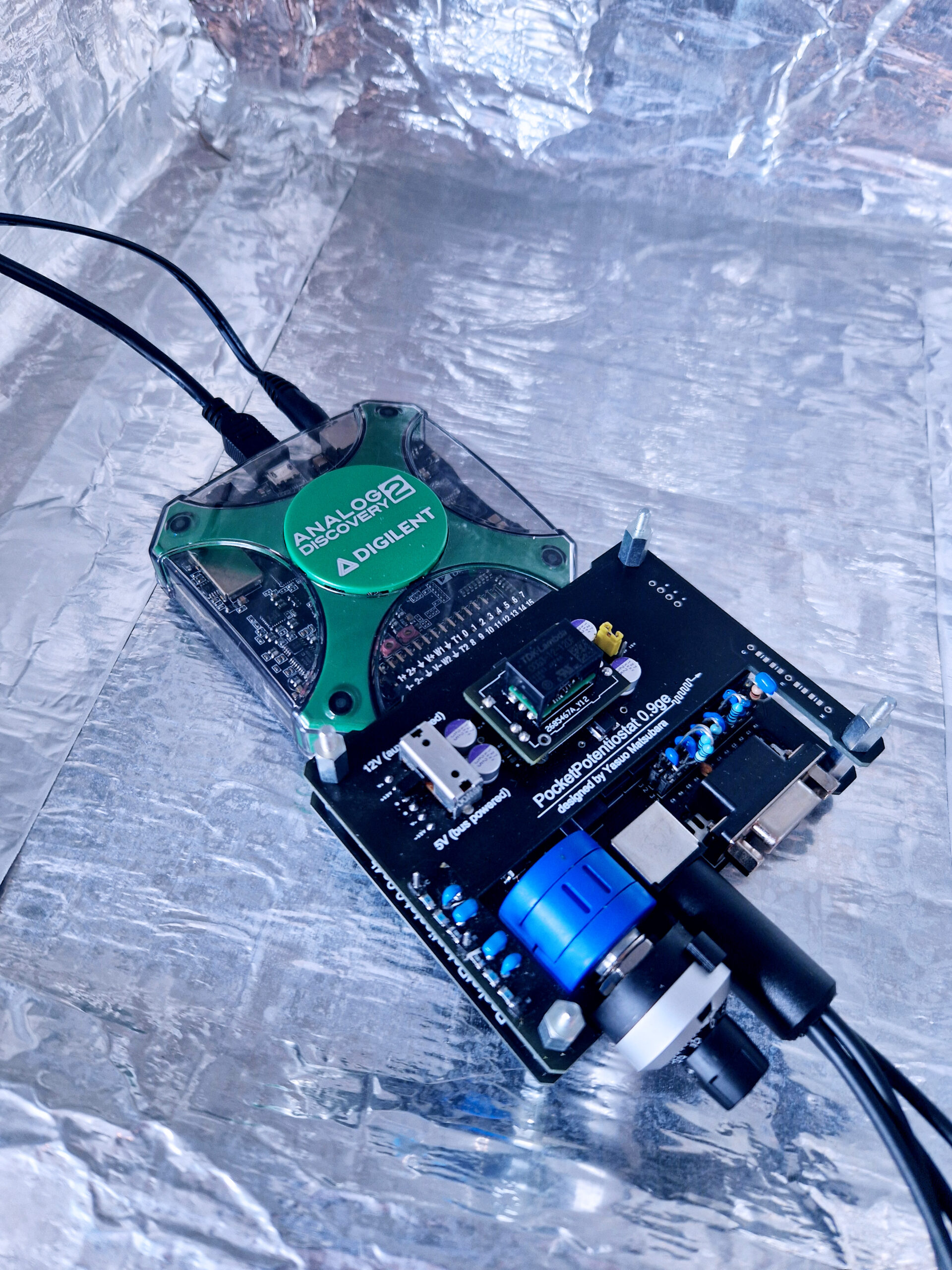
Pocket Potentiostat
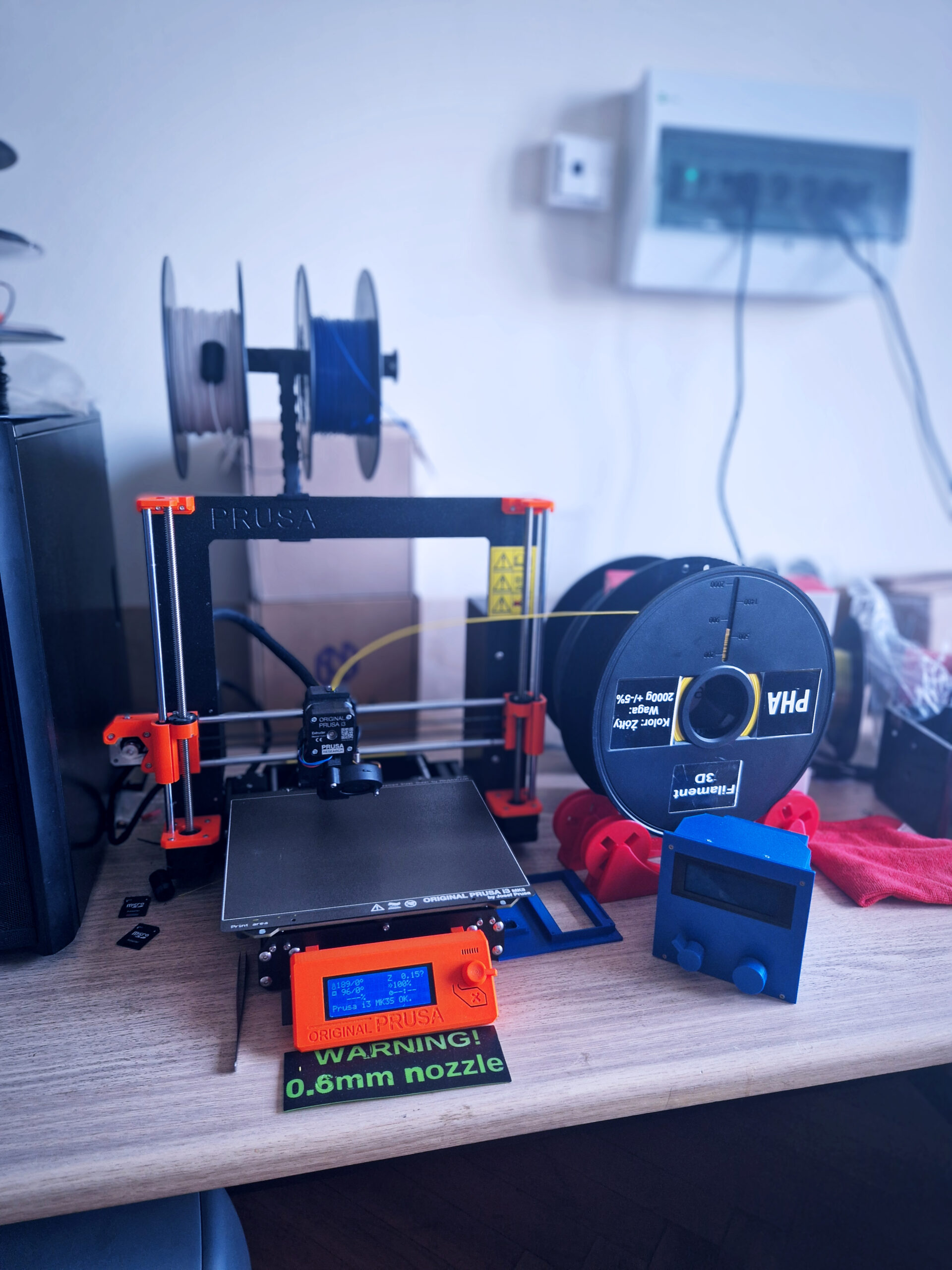
3D printer
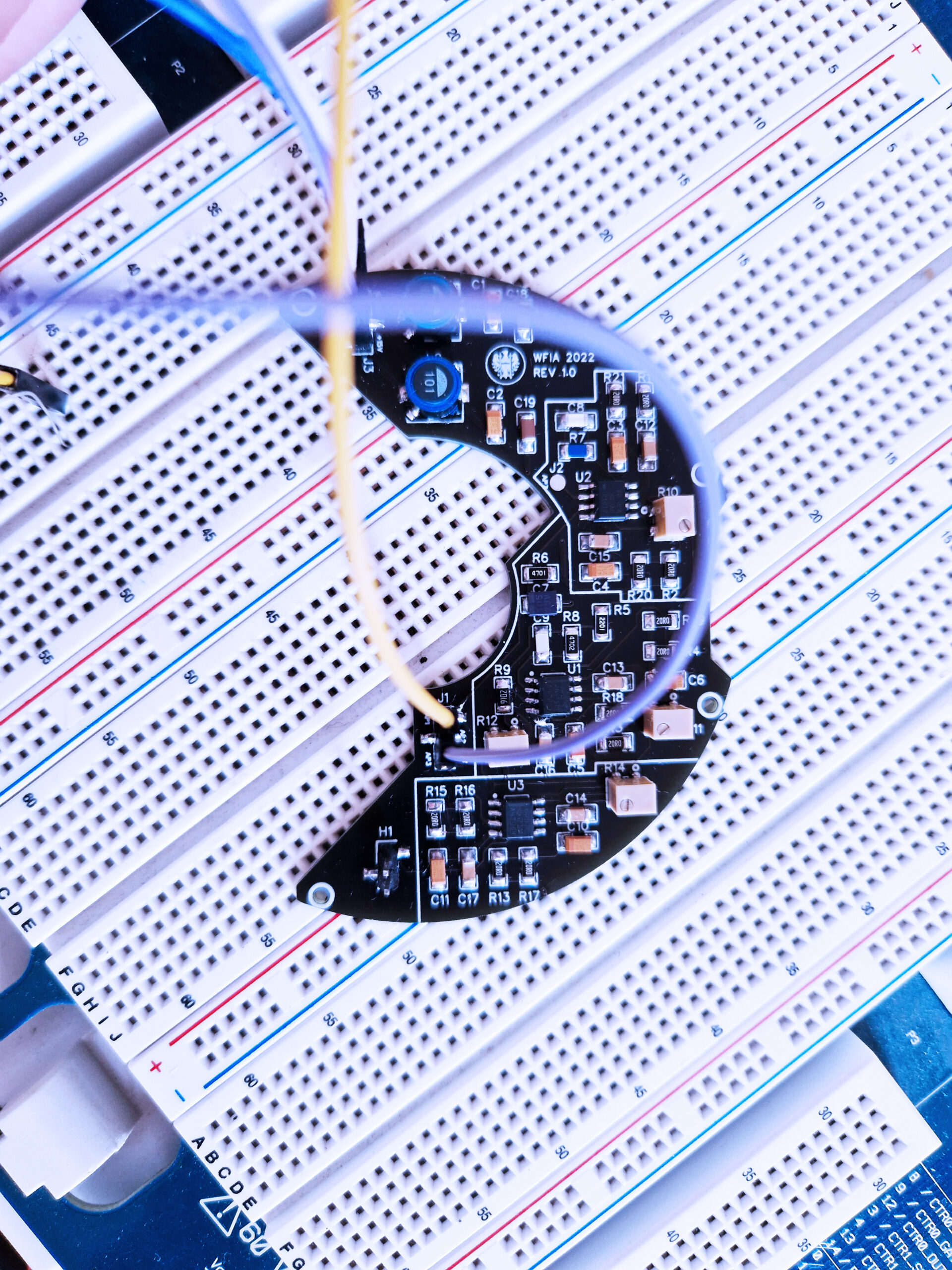
Electronic lab
